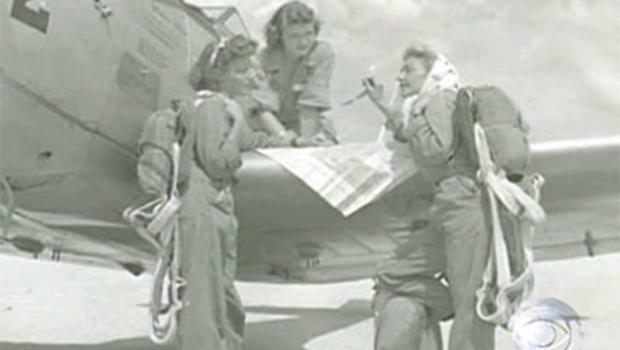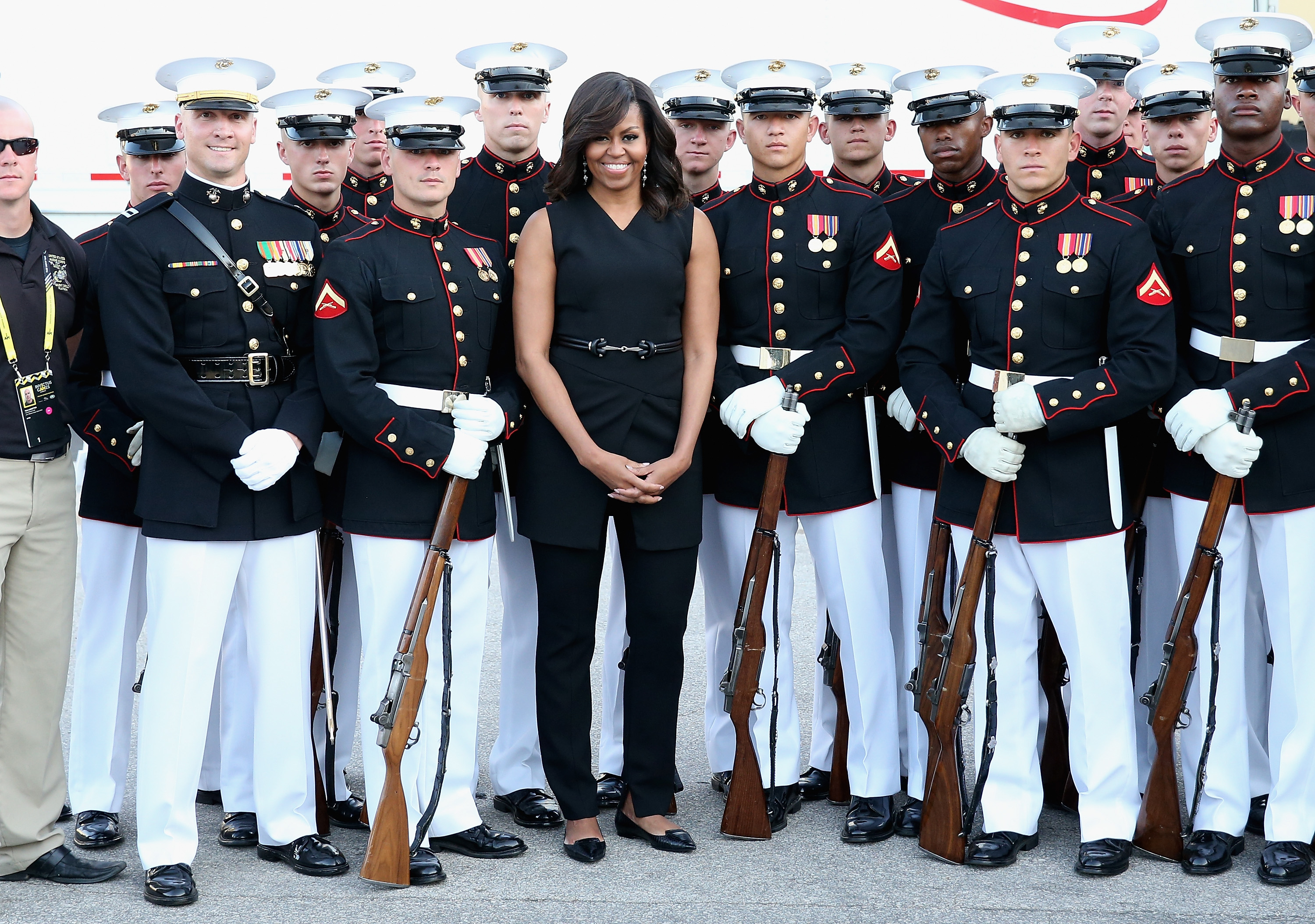

At the time, a number of Women's Army Corps (WACs) members continued serving in the Army but performed Air Force duties. Air Force became a separate military service. When President Harry Truman signed The National Security Act of 1947, creating the Department of Defense, the U. About 500 USAAC nurses (only 17 died in combat) served as members of 31 medical air evacuation transport squadrons throughout the world. Of the nearly 1.2 million patients air evacuated throughout the war, only 46 died en route. In anticipation and preparation for almost any emergency, flight nurses were required to learn crash procedures, receive survival training, and know the effects of high altitude on a vast array of pathologies. These same aircraft were also used to transport military supplies.

They were especially vulnerable to enemy attacks because aircraft used for evacuation could not display their non-combat status. Unlike their stateside-stationed counterparts in the WASPs, flight nurses (nicknamed "Winged Angels") in the Army Nurse Corps served in combat. Finally, in February 1943, the first class of Army Nurse Corps flight nurses graduated. As it was with so many advances and innovations resulting from World War II, the USAAC radically changed military medical care, and the development of air evacuation and the training of flight nurses were advanced to meet this need.Īfter the invasion of North Africa in November 1942, the need for flight nurses exceeded the supply, and women who had not yet finished their training were called into action and sent to North Africa on Christmas Day. It was a slightly different story for flight nurses who were members of the military from the beginning. In November 1977-33 years after the WASPs program was disbanded-President Carter signed a bill granting World War II veterans' status to former WASPs. WASP assignments were diverse-as flight training instructors, glider tow pilots, towing targets for air-to-air and anti-aircraft gunnery practice, engineering test flying, ferrying aircraft, and other duties.Īlthough WASPs had the privileges of officers, they were never formally adopted into the USAAC. Of the more than 25,000 women who applied for pilot training under the WASP program, 1,830 were accepted, 1,074 were graduated, and 916 (including 16 former WAFS) remained when the program was disbanded in December 1944. Air Force female pilots who would follow in their footsteps decades later.

These two units were merged into a single group, the Women Airforce Service Pilots (WASP) program in August 1943, and broke ground for U.S. More than 1,000 women participated in these programs as civilians attached to the USAAC, flying 60 million miles of non-combat military missions. Two women's aviation units-The Women's Auxiliary Ferrying Squadron (WAFS-with a capital S) and the Women's Airforce Service Pilots (WASPs) were formed to ease this need. Then, in mid-1942, an increased need for World War II combat pilots, favored the use of experienced women pilots to fly aircraft on non-combat missions. Originally, the idea of using women pilots was first suggested in 1930, but was considered "unfeasible," according to information maintained at the National Museum of the Air Force in Dayton, Ohio.

That same year, a unit of flight nurses who had not yet quite finished their training, were sent into North Africa on Christmas Day following the Allied invasion in November of that year.Īnd the history of women-civilian and military-was forever changed. Army Air Corps (USAAC) took the unheard-of step of forming and employing two women's aviation units. (AFNS) - The Air Force's acceptance of women into the force dates back to long before the first "Women's History Week" celebration in 1978.


 0 kommentar(er)
0 kommentar(er)
